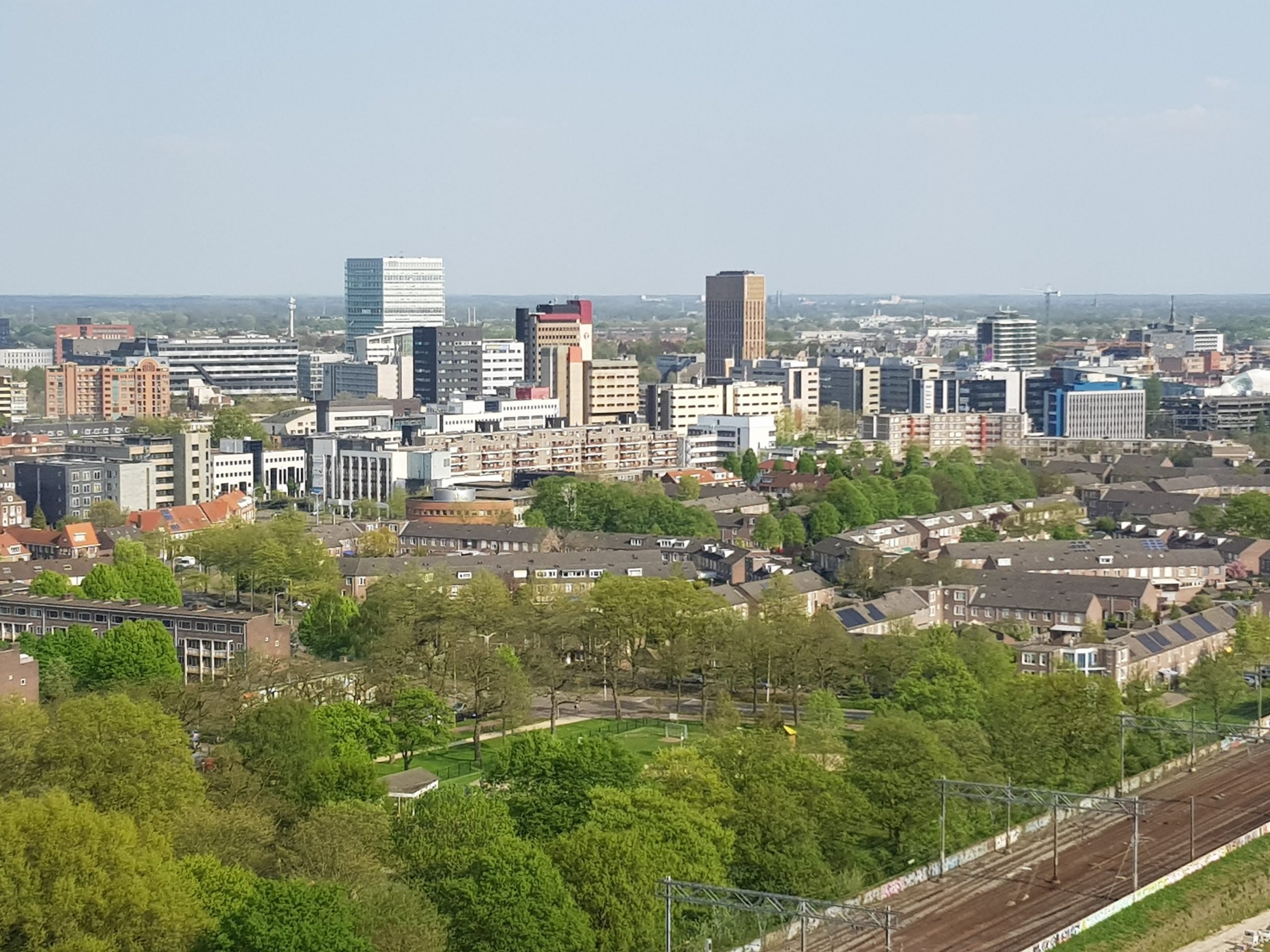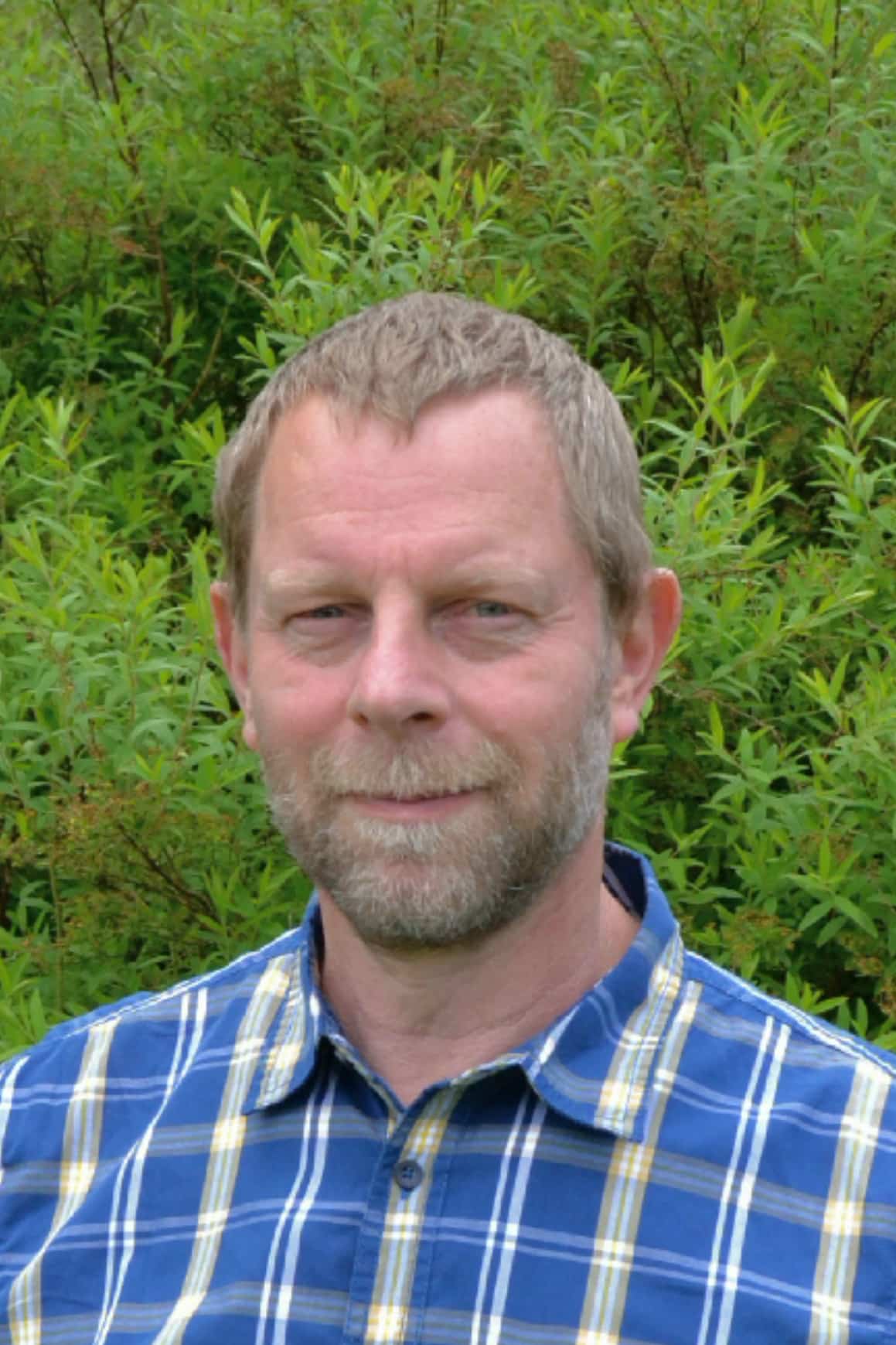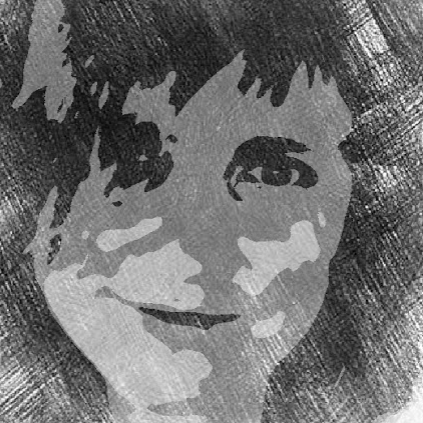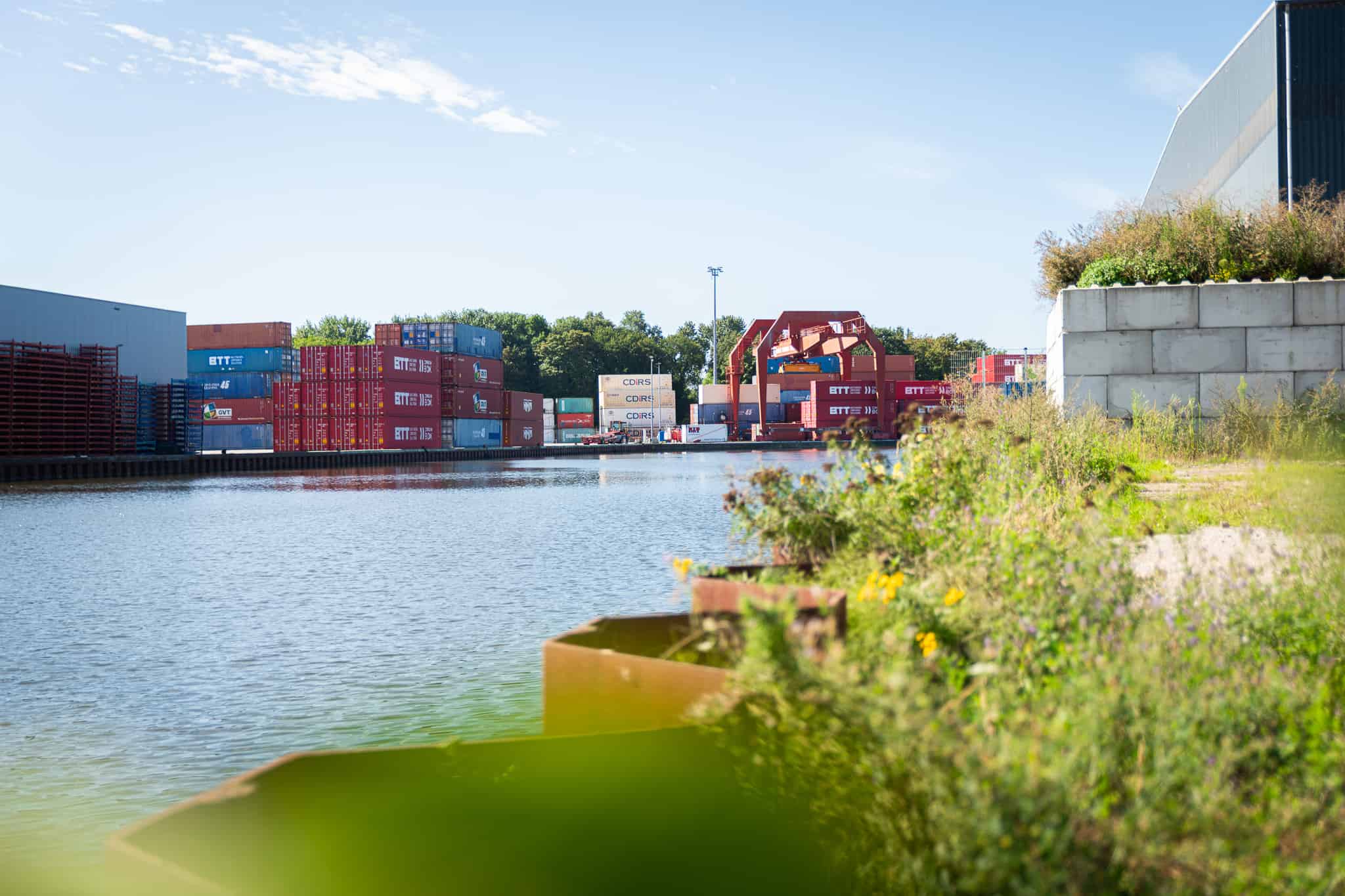
Eindhoven is one of the three demonstration cities participating in the European climate research project that will be experimenting for five years with projects which make the city climate-adaptive using nature-based solutions. The aim is for other cities to be able to apply any successful results in their own municipalities. We asked Luuk Postmes, project leader from the municipality of Eindhoven, which of these projects are being implemented.
You are leading the project on behalf of the municipality of Eindhoven. What does your job involve precisely?
“As a civil servant working on urban water matters for the municipality of Eindhoven, I am both a project leader and an advisor. That covers the sewage system, the underground water and the surface water. As a result of the changing climate, we have to deal with drought, torrential rain and extreme heat stress. The question is: how do you deal with all of this? Greenery is a solution for many climate problems. Greenery can be used to cool the city. In turn, greenery is also dependent on water. Since this project is about climate adaptation, I have become the leader of this European project for the municipality of Eindhoven. The De Dommel WaterBoard and the province are also indirectly involved. But they are not a partners in the project. Eindhoven University of Technology is however.”

In what way is TU Eindhoven involved?
This is due to the participation of Lighthouse [a division of TU Eindhoven that specializes in sharing smart urban solutions, ed.], which is led by Rianne Valkenburg and Elke den Ouden. They are responsible for drawing up roadmaps for the process that should make the city more climate-proof. They also work together with the Following Cities as part of the EU project and are developing a vision for the future in this area.
Why is Eindhoven a demonstration city and other cities are called ‘Following Cities’?
“We [the three demonstration cities of Eindhoven, Tampere and Genoa, ed.] had been working for some time on making the city climate more adaptive, among other things by making it greener. The Following Cities of the EU project – Stavanger, Cannes, Prague, Castellon, Başakşehir – are a bit further along in this trajectory. They are keeping an eye on things with us.”
Why is Eindhoven participating in this experiment?
“The subject resonates very well with what we are doing in Eindhoven. If such a European project is of interest to us, we will apply for it and make a proposal. Then it remains to be seen whether it will be selected.
Which projects is Eindhoven currently carrying out?
“Some projects have already been concluded. We are still working on others. We have arranged green spaces in several streets because these were completely paved. This is how we tackled the Wagenstraat and the Bilderdijkstraat. By using less pavement, less water is channeled into the sewerage system. For instance, we are working on greening the Vestdijk. This involves looking at different types of vegetation. We are working on the design of a greener Clausplein, which is currently completely paved over. The Victoria Park is already located at the back of a former Philips building nicknamed the Witte Dame on Clausplein. The Gender river will come through there the back of there as well. The area will have a park-like layout where residents will be able to enjoy the peace and quiet and the greenery around them. We are also experimenting with greenery that can be mowed and which has a positive effect on biodiversity. Another method for increasing biodiversity is to mow the grass only once a year. This way you get tall grass that attracts insects and the subsoil is better able to absorb water. What you see is that if you mow less often, there will also be more and more different types of flowers and shrubs. You can see this happening on Parklaan, for example.”
But is that innovative?
“This is something that we, as a city, are pioneering. Other cities are following us. You can see in some foreign cities that they are often paved over an incredible amount. Everything is sealed with stones, concrete or asphalt. You can even see that when there is a tree on the pavement, the ground around it is completely covered in asphalt all the way up to the trunk. In Eindhoven we are looking for the best ways to make the city greener. What kind of plants should you choose? Should you choose plants that are better able to withstand drought? Or should we water plants when there is a prolonged drought? Are there any possible changes that can be made in their management that will help them cope with climate change and which will increase biodiversity? We try to answer these kinds of questions. We are also investigating how we could create more green space in places where there is limited space. One example is Eindhoven city center. It will be redeveloped in the next few years with more green space. We are trying in particular to encourage private-sector initiatives.”
What problems will these projects resolve?
“Initially, the disruption caused by heavy rain will be reduced. We will automatically be able to improve biodiversity by opting for a greener approach. That’ s a bonus for this project.”
How much money is the EU investing in it?
“The total budget is more than 10 million euros. Each of the three demonstration cities will receive approximately 1.7 million euros. The rest of the money will go to the other partners, including the Following Cities.”
The EU wants the results of the projects to be quantifiable. How are you going to measure them?
” It is still a struggle to figure it all out. But some results are fairly easy to measure. You are able to count how many species of bees and butterflies that have been added to a project site. Along with what the distance is between residents and green spaces and how many cool, green spaces have been added to the city. I have made a proposal to measure the heat stress sensitivity in the city using satellite images. In order to measure the effect on water management, we measure the soil infiltration capacity of areas with long grass. We compare the rates with those of areas where the grass is shorter. It turns out that the lawnmower compresses the subsoil. Consequently, water seeps into the ground less quickly if the grass is short, making it more difficult for it to soak into the soil.”
When will the project be finished?
“We have about three years for the implementation of the projects and two years for the monitoring. However, we won’t be able to achieve that for all of these projects. The main reason for this is that they conflict with the planning of other projects and processes. You can’t overhaul the entire city center all at once. The process may therefore take longer as a result.”
What are they doing in Tampere and Genua?
“In Tampere, Finland, they are focusing on two housing projects, one of which is on a former industrial estate. The most important focus point here is maintaining the water quality of the surrounding lakes. They have to take the shorter days and the lower temperatures in winter into account more. One experiment concerned the purification of water through the use of algae. The question was whether this would also work at those extremely low temperatures during winter. Which is what did transpire. The experiment was a success. In addition, they are also conducting experiments involving the construction of green roofs. In Genoa, Italy, they are converting an old barracks site into a park-like environment where you will be able to stay and enjoy leisure activities. In particular, they are looking at the use of greenery as a means of regulating water management.”







